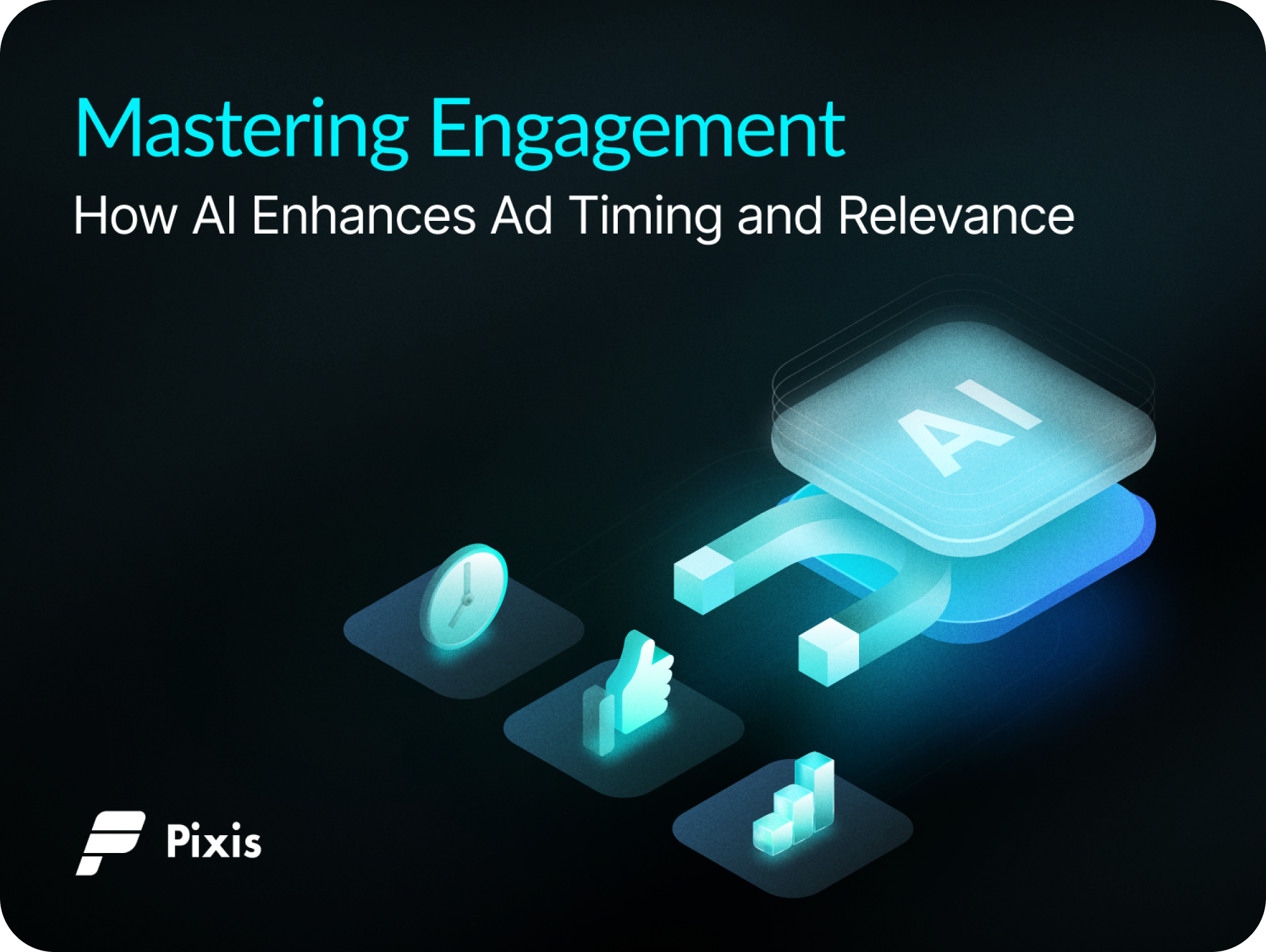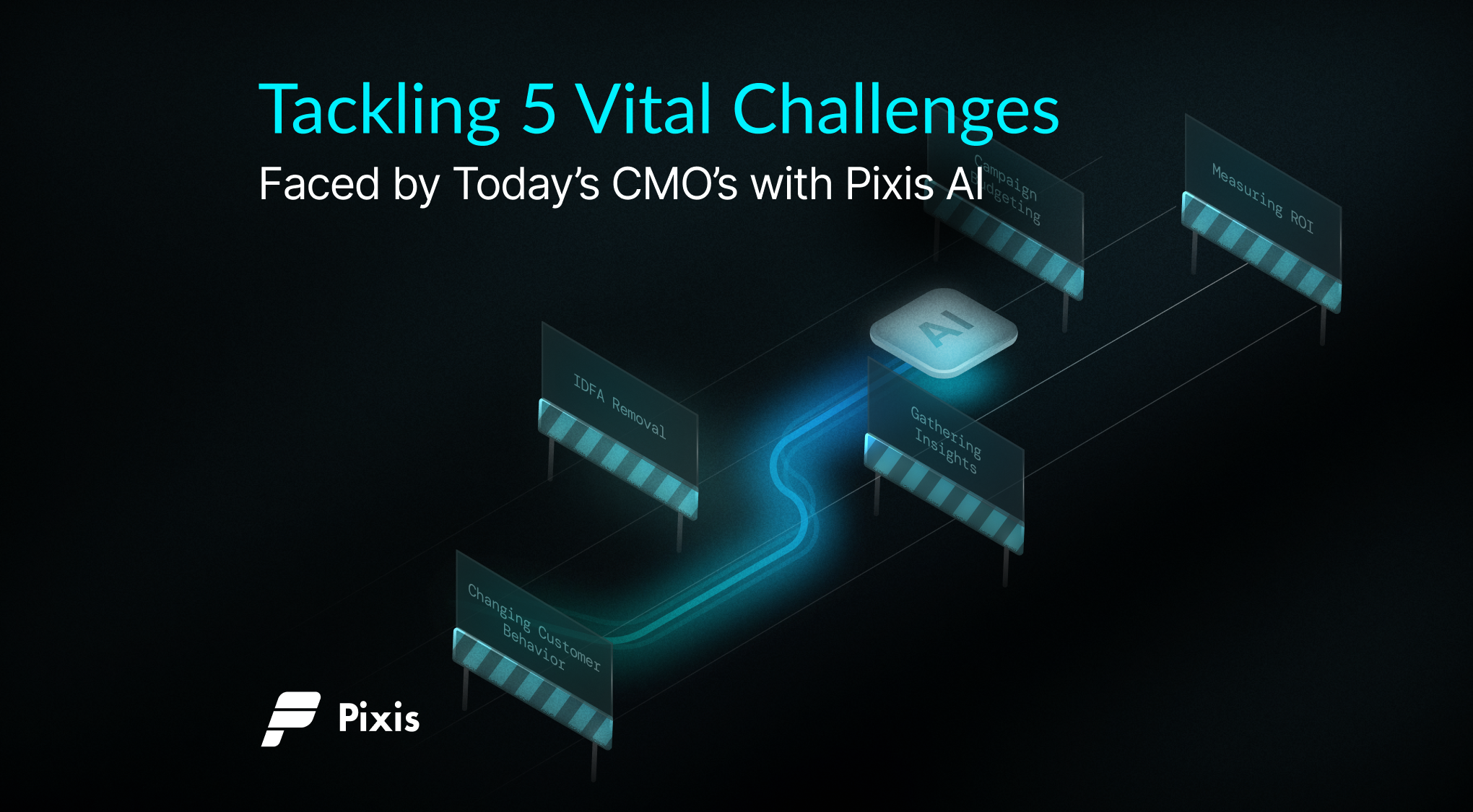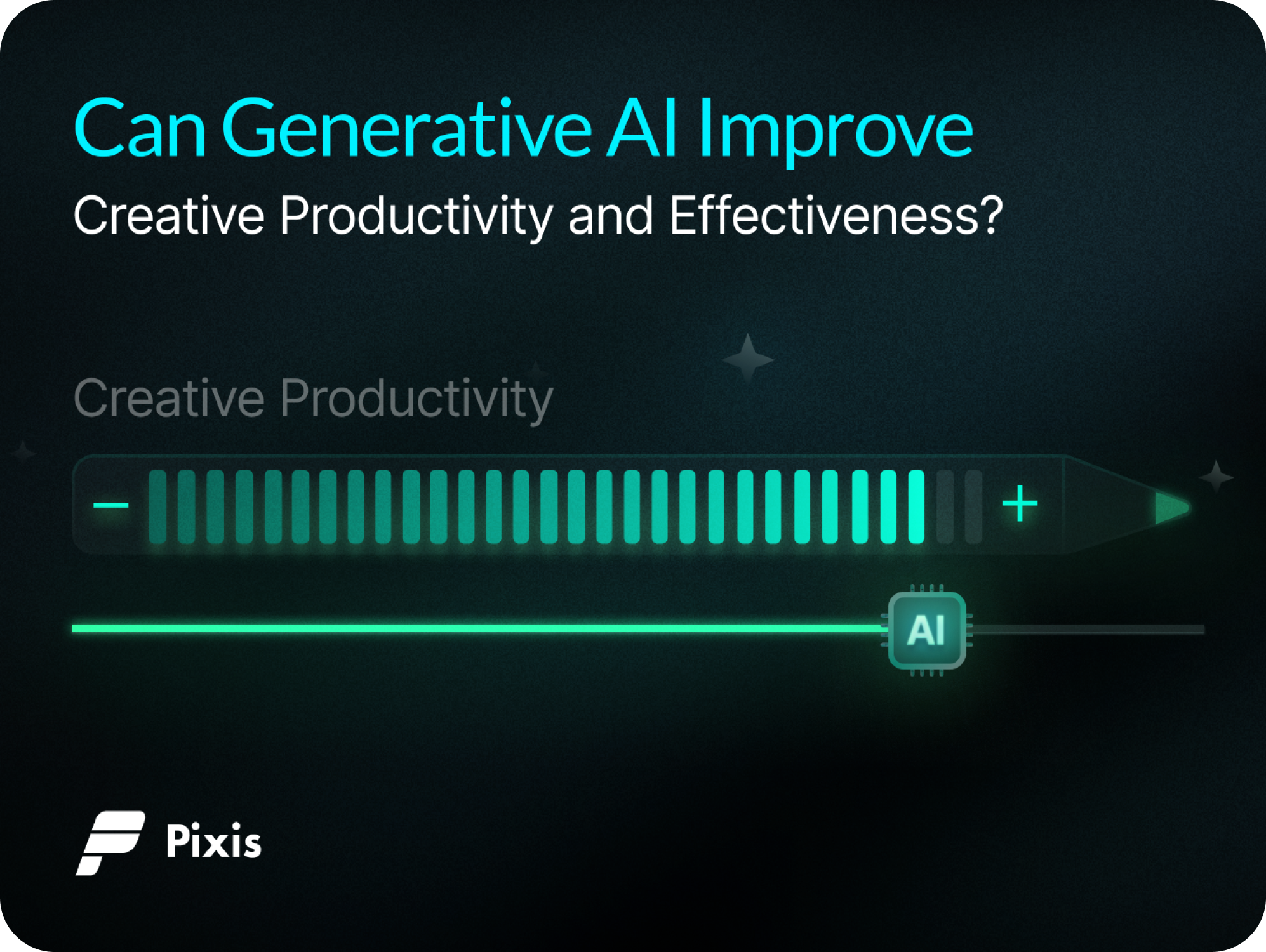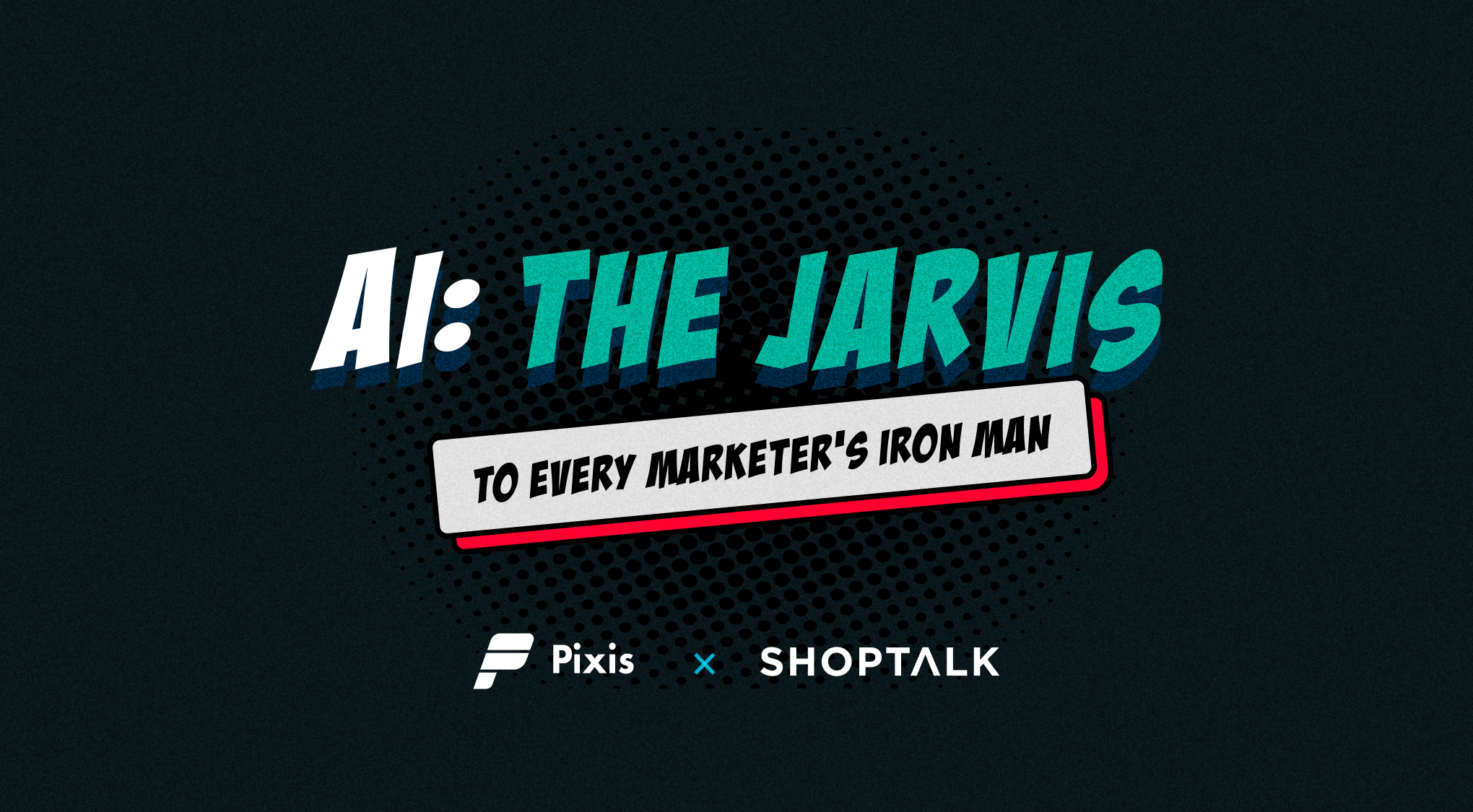Razor-sharp Accuracy with AI-led Targeting
What good is a real-estate advertisement to a teenager? Or a video game advertisement to the older group of people? Similarly, a campaign for lawn mowers is unlikely to work well when shown to apartment dwellers.
These all are examples of targeting gone wrong.
Targeting is the elementary step towards a successful campaign. It is all about finding the most appropriate audience for your product or service. It’s important because it helps marketers focus on reaching out to the right set of people who care about their product and would be interested in buying.
The real question, however, is how do you identify these people? No, they won’t just walk into your store and ask for your product. Marketers need to scout for potential consumers and make them aware of the product. In traditional media, this becomes an inefficient business as even after spending thousands of dollars, measuring exact impact is next to impossible.
Digital media has provided marketers with great opportunities to help them in targeting. Today, advertisers can segment and target users based on demography, geography, behavior, and psychographic profiles. Additionally, digital marketing also provides marketers the ability to target a similar consumer base that has an equally high potential for conversion.
Having said that, expecting marketers to arrive at accurate targeting through exhaustive manual trial and error is an ineffective strategy. It can take a long time and requires extremely high marketing budgets for which ROI may not be high.
A data-backed approach can help marketers be more efficient and find the sweet spots of targeting a lot faster. An AI-led targeting system can dramatically improve the targeting process. It takes input from historical performance data, existing brand profiles, and user profiles to identify audience cohorts relevant for each brand.
Post which the targeting AI continuously analyses funnel metrics to analyze the impact of campaigns on each targeting combination. This enables the AI to iterate and improve targeting in real-time. In addition, it removes all human biases, reduces manual targeting, and ensures all decisions are data-backed.
Unlike humans, AI needs no coffee break – which means this system is running continuously. It’s able to monitor thousands of cohorts and also makes changes quickly to ensure peak efficiency.
What Fuels Targeting AI?

Information is power. For AI to work its magic, it needs to be fed thousands of data pointers. These data barrels are crucial information regarding your consumers, your brand, your competitors, and above all – your product. The targeting AI is fed with the following data that is constantly monitored and acted upon.
Brand & Product Information
This entails gathering information about the brand, industry, product profile, price ranges, macro TG, and audience profiles. By understanding the brand profile and the industry it belongs to, AI can use the industry benchmarks and industry learning to target the right cohorts for max performance.
Website Traffic Audience Profile
Who are these people surfing your website? What is their behavior like? What is the purpose of their visit? Why are they dropping off at certain points? Is there a pattern there? Questions like these are answered by user behavior identification. Our AI analyzes website traffic and highlights information about website content, user interests, geography, and more. This helps the AI understand customer profiles to enable accurate targeting predictions.
Demographics & Psychographics
Psychographic factors have their roots in understanding the psychological and personality traits of your users. It includes important information such as – attitude, motivations, opinions, and lifestyle preferences. This information can be used to segment consumers into different cohorts and prepare specialized strategies. Along with it, demographic factors reveal information such as age, gender, interests, and more.
Targeting Repository
This data refers to the exhaustive targeting permutations and combinations available on ad networks. It serves as a robust data set using which the audience AI system clusters, aggregates, and generates audience recommendations for the brand. This repository works as storage for different cohorts. Based on this, AI identifies and enhances cohorts to ensure that only the most relevant audiences are being targeted.
Performance Data
Just like humans, AI learns from history as well. Training the AI system with data points from historical performance as well as real-time performance ensures that the learnings are continually updated and refreshed. This enables the system to refine its efficiency by exploring, evaluating, and exploiting new audience parameters.
How Does Targeting AI Work?

With all the important data at its disposal, AI deploys numerous algorithms to constantly filter and update the target audience. These algorithms segment consumers based on several parameters.
People with similar psychographic factors and interests are hypothesized to develop similar attitudes towards a product.
AI uses advanced NLP models to cluster people who share similar characteristics. These characters could be – demographics, psychographics, social media interaction, past campaign responses, and more. This helps AI create the persona of the consumer.
With this, marketers can create specialized strategies to increase quality conversions.
The AI just doesn’t stop there. Having created these cohorts, it creates a relevancy map and assigns a relevance score. The AI then recommends the most relevant cohorts for your campaigns.
It also creates a reference point for the brand and industry based on the data points it ingests from historical campaigns. This relevancy map and rank order is then utilized to create cohorts, targeting sets, and a structure it can take live.
For an effective campaign, it is important to utilize the right channel for the right audience. It’s all about showing the right ad to the right person on the right device.
Information, in today’s world, is far from being static. Rapidly evolving consumer perception needs to be tapped with an equally robust learning algorithm. Regularly monitoring the performance of each cohort helps the AI learn and improve the efficiency of the targeting AI system.
The algorithm is always learning from past predictions and getting better at targeting accuracy. It takes feedback from the performance management system and refines its predictions in real-time.
Multiple models that form the infrastructure of the targeting AI system work on different areas absorbing information. This learning enables the AI to analyze the data and then recommend the best course of action which may include expansion, splitting, and combining of cohorts to create better and more precise cohorts for better targeting.
Make the Shift to A Smarter Targeting Approach
Businesses today can harness the powers of AI to better understand their data and answer their most pressing questions. Or even, discover new insights that were not part of their considerations yet. Marketers, with the scalability and agility of AI at their disposal, can achieve the pinnacle of targeting efficiency. And that works as a catalyst for successful campaigns.




